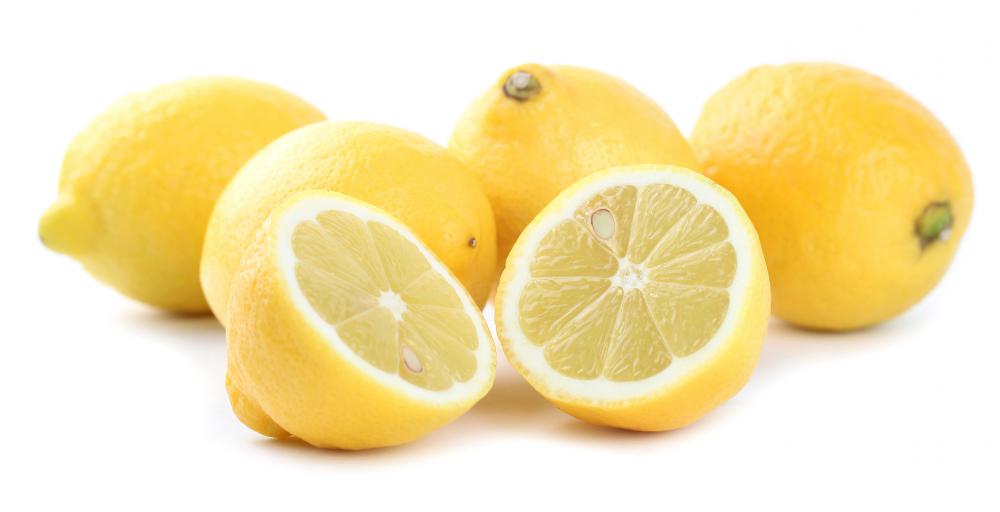At WiseGEEK, we're committed to delivering accurate, trustworthy information. Our expert-authored content is rigorously fact-checked and sourced from credible authorities. Discover how we uphold the highest standards in providing you with reliable knowledge.
What Is Sobao?
Sobao, also called sobao pasiego, is a traditional Spanish cake. It originates in the Cantabria region of Spain, particularly in the valleys of the Pas and Miera rivers. The term 'pasiego' derives from the name of the Pas river, tying this dish to its region of origin. This cake has a rich yellow color and crumbly texture with a darker brown upper surface.
Sobao recipes appear to have changed over time. Originally, the cake was made from a mixture of bread dough, sugar and butter. It was probably originally intended to use up leftover dough. Sugar, eggs, anise, lemon zest or rum were added to improve the flavor of the resulting pastry.

Toward the end of the 19th century, a new form of sobao appears to have become popular; there are a number of competing stories describing the first cook to use this new recipe. This form of the cake used higher-quality wheat flour instead of leftover bread dough, and the ingredients used to add flavor became standardized. Modern recipes call for equal amounts of sugar and butter, a smaller amount of flour, a dozen eggs per kilo of sugar and small amounts of salt, lemon zest, yeast and rum. Anise liquor may be used in place of the rum.
The product of this recipe usually takes the form of a rectangular cake with a dense, rounded top. It is baked and served in a white paper wrapping. The sides of the paper fold up and outward to create a characteristic wing-like appearance. This form of wrapping is a distinctive feature of sobao pasiego. It commonly comes in different sizes
Sobao is a popular dish throughout Spain, where it is widely associated with Cantabria and its cuisine. In its home region, this type of cake is a traditional food at weddings. In a traditional wedding, the bride would present the wedding guests gifts of sobao. The white color of the traditional paper wrapper may lead to this association with weddings.
In 2009, the Spanish government applied to the European Union to grant this dish the status of a protected designation. This means that products cannot be advertised or sold as sobao unless they are manufactured in Cantabria according to the traditional method of production. The application argued that this dish not only characterized the cuisine of the Cantabria region but was made with products which represented the agricultural produce of the area.
AS FEATURED ON:
AS FEATURED ON:











Discuss this Article
Post your comments